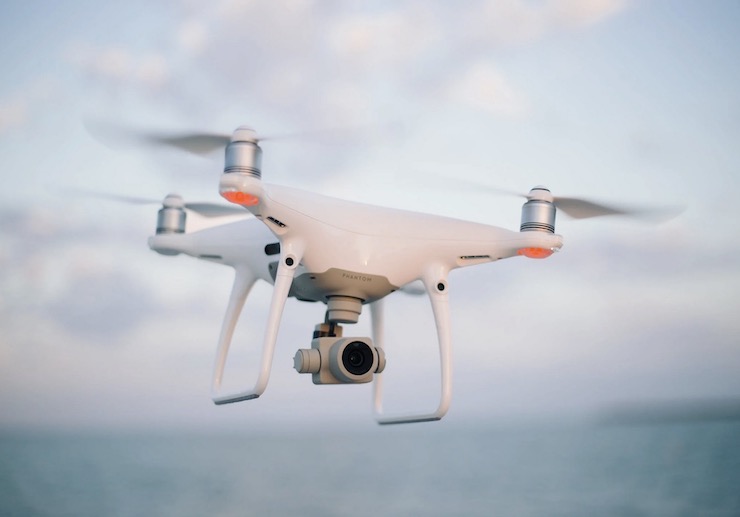Public Uninformed But Divided Over Drones, Survey Finds

What does the U.S. public think about the burgeoning drone industry? It depends on who you talk to, according to a research study published earlier this year. The study’s findings, first published in the February 2022 issue of the journal Technology & Society, found that most Americans don’t actually know very much about drones, and what they do know, is often skewed by preconceived notions and misinformation.
Those who are most knowledgeable about drones, especially those that work in the industry, tend to be most supportive of their use, the study found. But support for drone operations is much stronger in areas like conservation, search and rescue, and humanitarian relief. Retail operations, such as remote package delivery, as well as drone operations by the news media and filmmakers, and even private recreational flying, receive the least support, even among those with intimate knowledge of the industry.
The differences reported were often striking. For example, 61% of survey respondents with drone industry knowledge said they “strongly supported” drone search and rescue operations, and another 27% said they leaned toward supporting these operations – a whopping 88% support overall. By contrast, among those with no prior drone awareness, the corresponding figures were 19% and 20%, respectively, with another 33% saying they “neither supported nor opposed” such operations and another 20% saying they were “unsure.”
A similar distribution of opinions was detected when it came to support for drone operations conducted by law enforcement agencies A large plurality (46%) of industry aware respondents said they strongly supported these operations, with another 35% leaning toward supporting them for a total of 81% broadly in support. But among those without such industry awareness, the corresponding figures were just 15% and 21%, respectively, with 35% still on the fence, and 22% unsure.
The relatively low level of public support for drone retail operations was perhaps the study’s most surprising finding. A number of major retailers, including Amazon and Walmart, have been promoting the idea of remote aerial service delivery to their customers, on the assumption that the greater speed and convenience of drone delivery would be welcomed. But according to the survey, just 11% of respondents with industry awareness and just 3% of those without such awareness supported remote package delivery, while 14% and 8% respectively, strongly opposed it. The largest segment in the two groups didn’t have a strong opinion either way, or said they were unsure.
In some ways, these results are still good news for the drone industry. What they reveal is that the more the public learns about drones, the more supportive they tend to be. And given that currently only a relatively small percentage of Americans have reason to be familiar with drones, it’s hardly surprising that so many don’t, in fact, have strong views or are unsure what they think.
Still, the findings also indicate that the drone industry still has its work cut out for it in terms of winning over the broader public. Most survey respondents were unaware of the basic technical capabilities of drones or the regulatory environment that governs their use. Fears about drones posing a threat to privacy or civil liberties were largely amorphous and potentially exaggerated. While some stakeholders, civil liberties groups, are heavily invested in these issues, most of the public at large remains disengaged.
Equally concerning is the survey’s finding of a latent public antipathy toward drone operations that are perceived as benefiting the private interest rather than the social or public good. In fact, enhanced aerial surveying of farms, mines, roads, bridges, construction sites and commercial real estate isn’t just a boon to property owners; it could also benefit consumers But most respondents seemed blissfully unaware of the many ways socially responsible drone operations could affect – and indeed, enhance – the quality of their own lives – for example, by lowering prices or by reducing environmental and workplace safety risks.
All of these findings point to the need for much greater public education about drones both to explore the extraordinary potential for their use as well as to clarify possible risks and shortfalls. There is a huge gap between what the public knows and what it needs to know to become more engaged and effective participants in the inevitable debate over current and future drone applications. Filling this void with facts and appeals to reason, rather than bias and fears, should be a top industry priority, the study suggests.
|